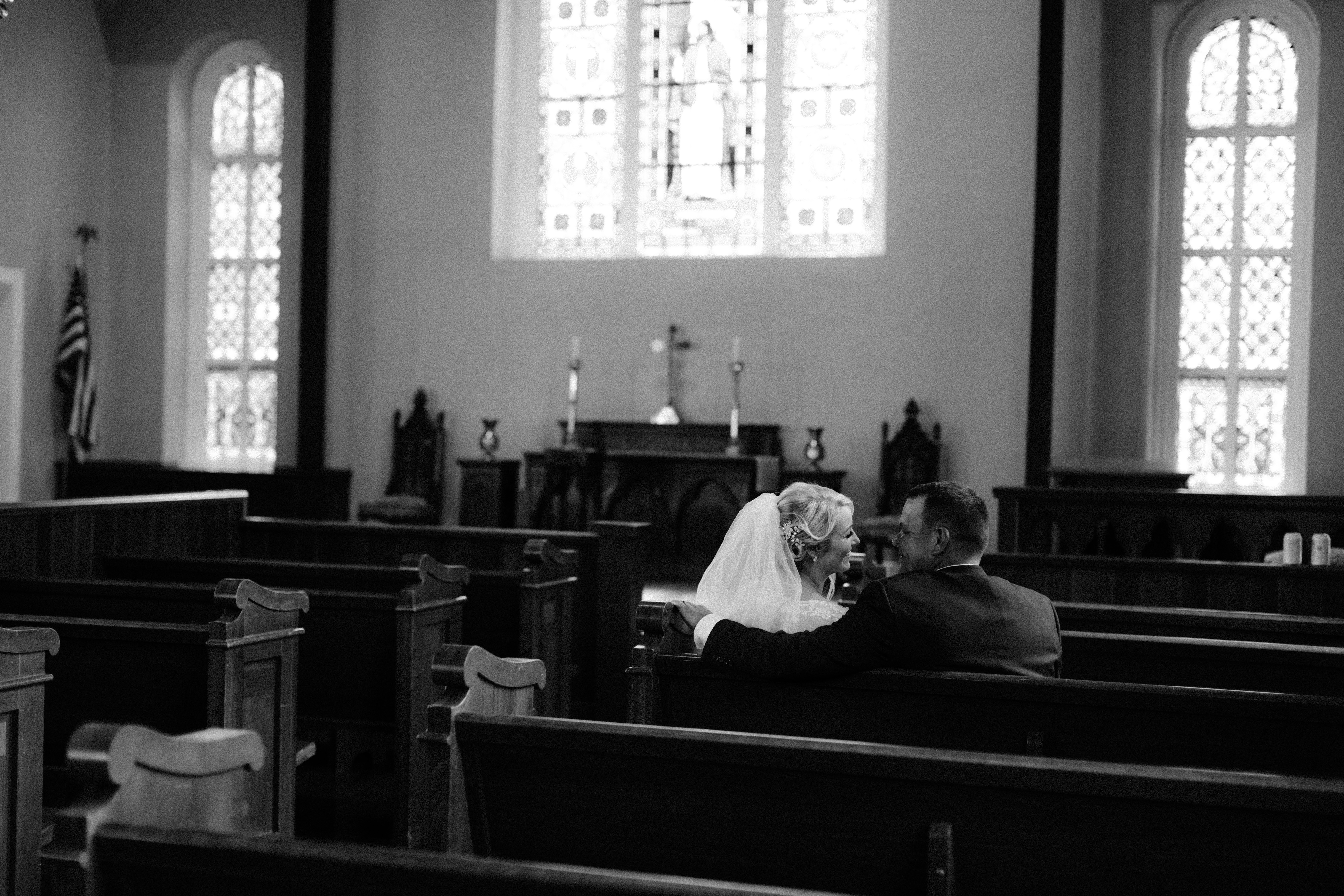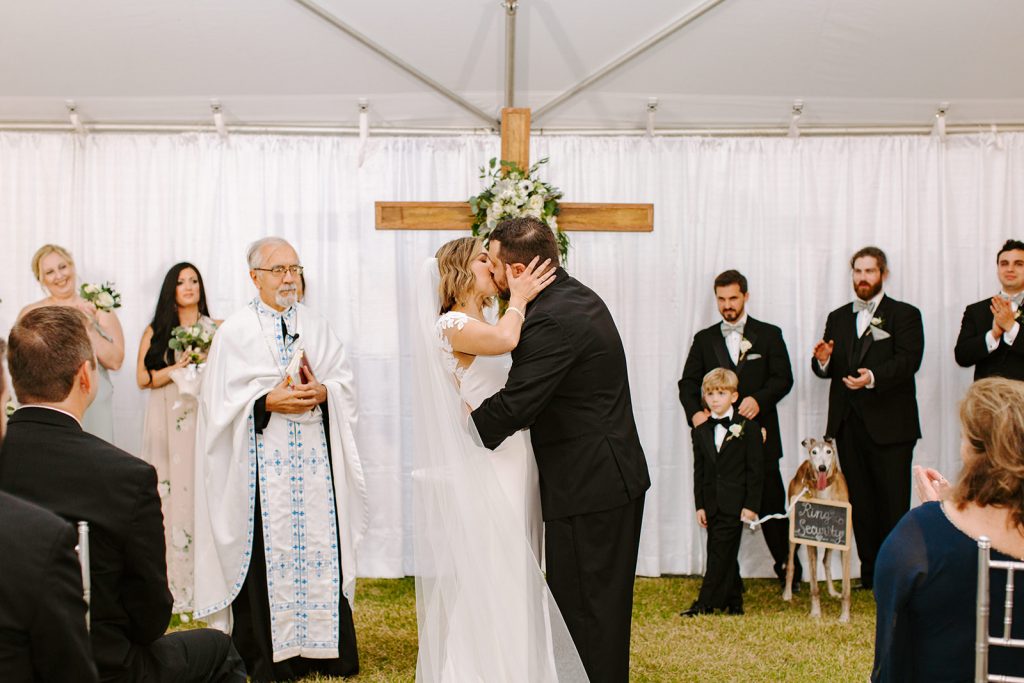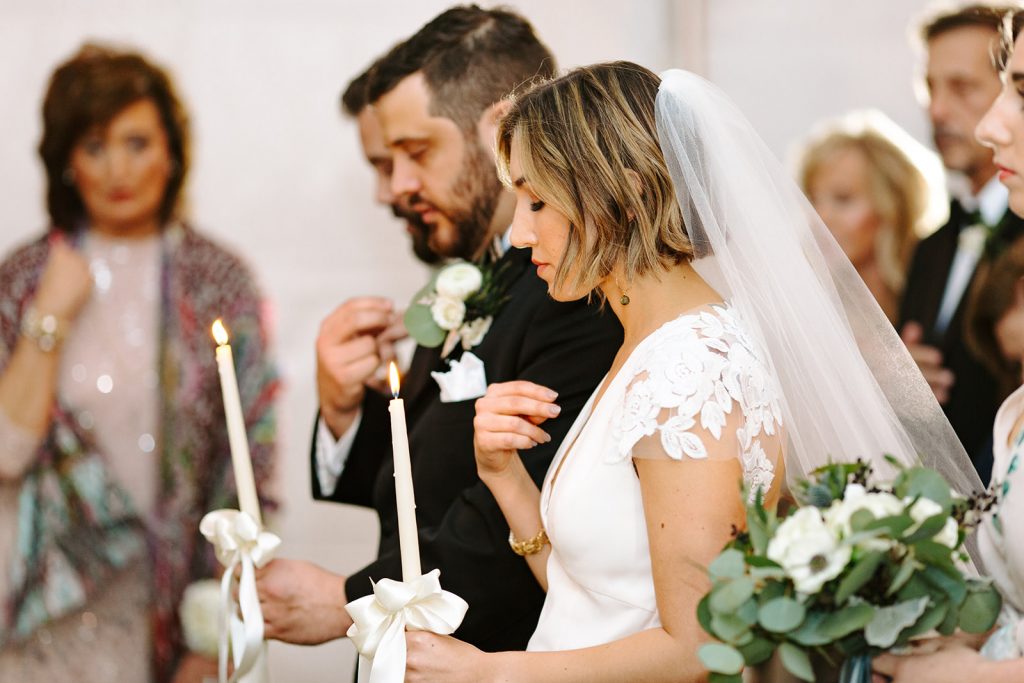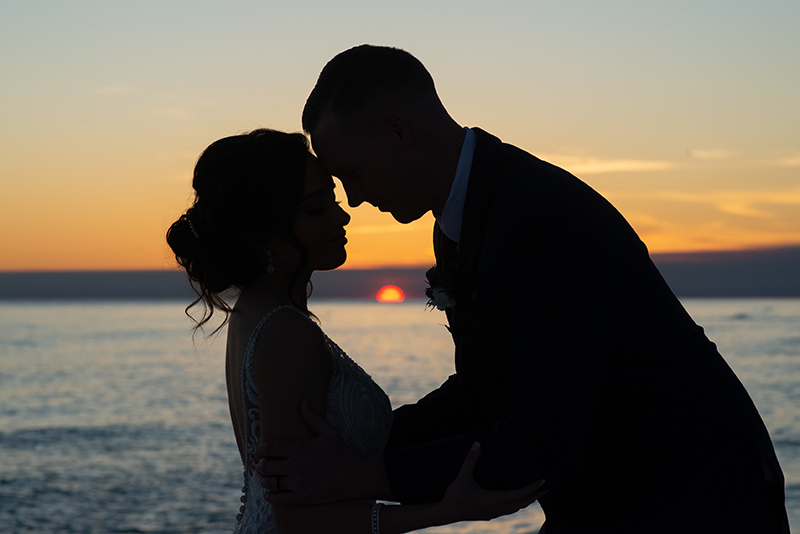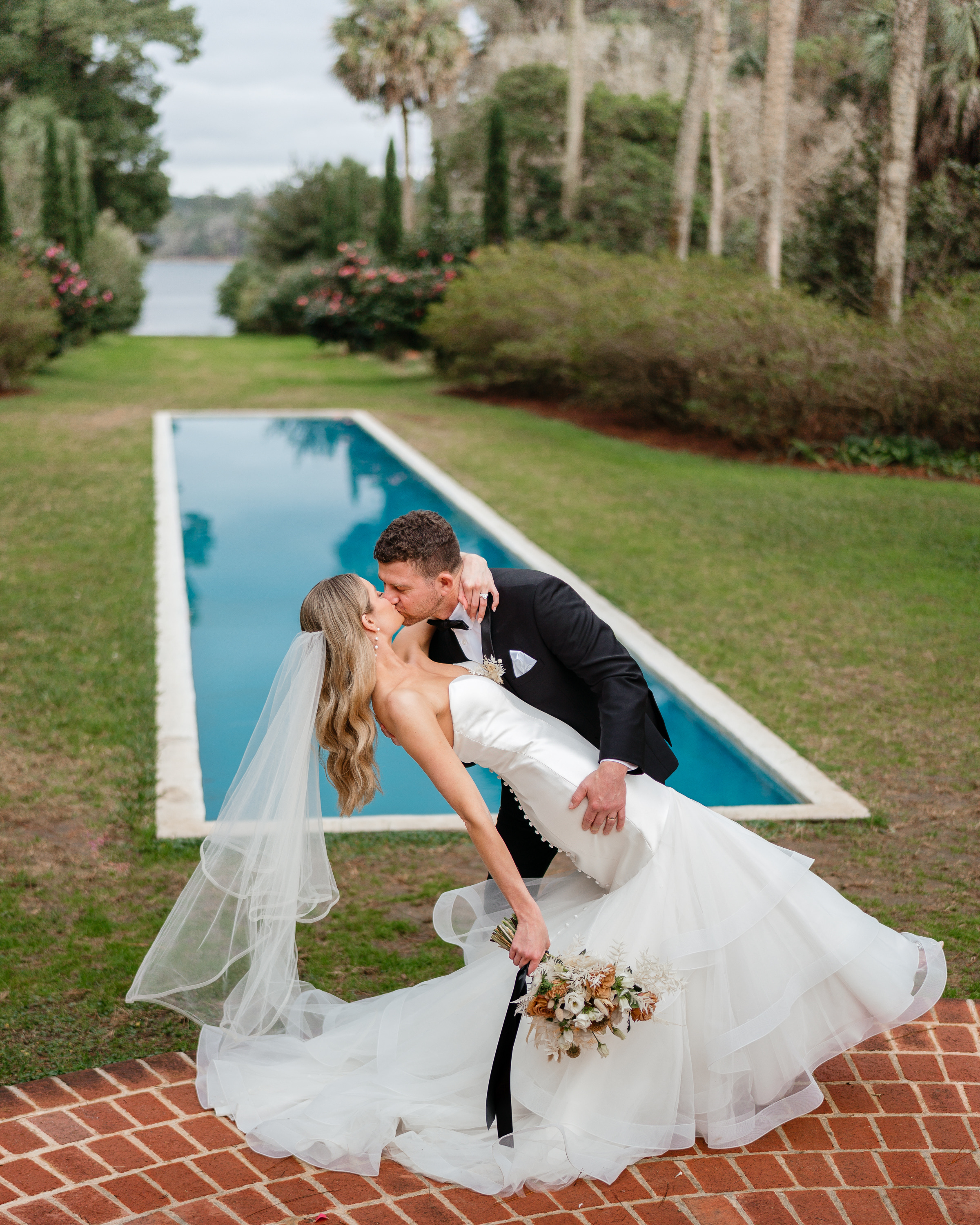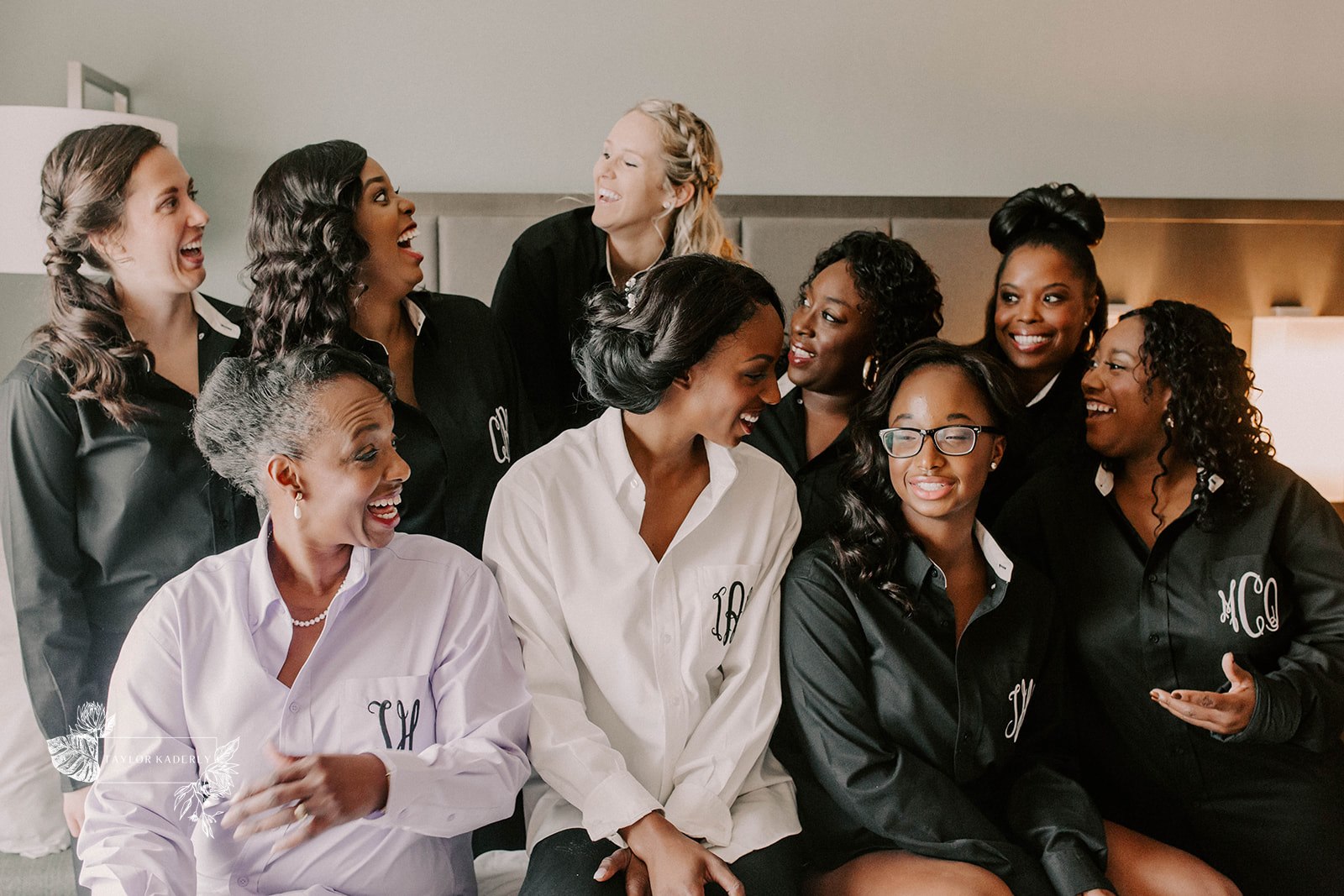How to Have an Interfaith Wedding
By Rebecca Padgett
To many, religion is a tenant of not only your personal values but also what your relationship revolves around. If you are a couple who practice two different faiths, you have likely already discovered ways to work within your relationship to learn about, encourage and even practice the other’s religion. But have you discussed how to incorporate your varied faiths into your wedding?
With faith being such an integral part of a couple’s life and an aspect that is often integrated into weddings, what do couples of different faiths do? An interfaith wedding, of course — a ceremony that combines the customs, traditions and practices of two faiths into one ceremony.
Talk About It
If you decide to have an interfaith ceremony, this is the ideal time to truly evaluate the ties between your religion and marriage. Your conversations should extend beyond your wedding date and into how you plan to support each other’s religious choices throughout life. From there, you can begin discussing the logistics of an interfaith ceremony.
You will need to consult your church or religious leader to ensure that your religion allows you to have a combined ceremony, and if not, you may need to have two separate ceremonies. Before setting a date, double check that you avoid religious or holy days. When venue searching, ask if they will be able to accommodate any special needs that could be involved in your religious ceremony. Some examples are their fire code and time allotment for ceremonies. Your religion may also require that you marry in a religious building.
Select Your Officiants
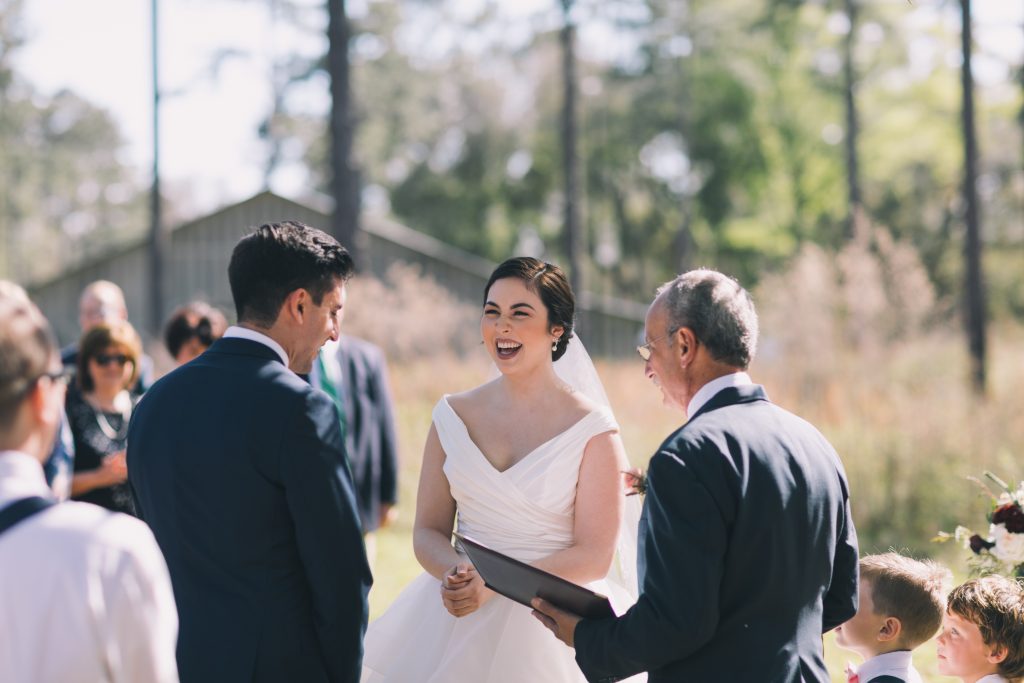
There are two ways to decide on an officiant, you can select one officiant that performs both religious sections or you can ask two different officiants to perform each part. In each case, you should inquire if they are allowed to and willing to participate in an interfaith wedding. If you go with one officiant, they should be knowledgeable of all that each religion’s customs entails. If you select two, it is wise to have them meet at least once beforehand in order to coordinate the ceremony in a way that transitions smoothly and adequately represents each religion.
The Ceremony
When you’re planning your ceremony, have your officiant talk you through different traditional customs that you could include in your wedding. From there, talk with your partner to decide which aspects are most vital to you. It would be wise to begin the ceremony by having the officiant explain to guests that it will be an interfaith ceremony. The officiant might also consider explaining the symbolism and reasons behind certain rituals. Other ways this can be accomplished is by having a page on your wedding website or passing out programs that include information about each faith. Beforehand, you will need to alert guests of any requirements or restrictions that your ceremony may present. Ensure that you have the time and space to dedicate to rituals, such as taking communion, making offerings or participating in a tea ceremony. Once you have participated in the traditional aspects, consider a unity ceremony that not only symbolizes your union as a couple and your family’s unions, but also the union of faiths. If your faith has certain symbols or traditions that can be made into keepsakes, consider highlighting this during the ceremony — such as a traditional Jewish ketubah, or wedding contract, that is displayed within your home.
Reception and More
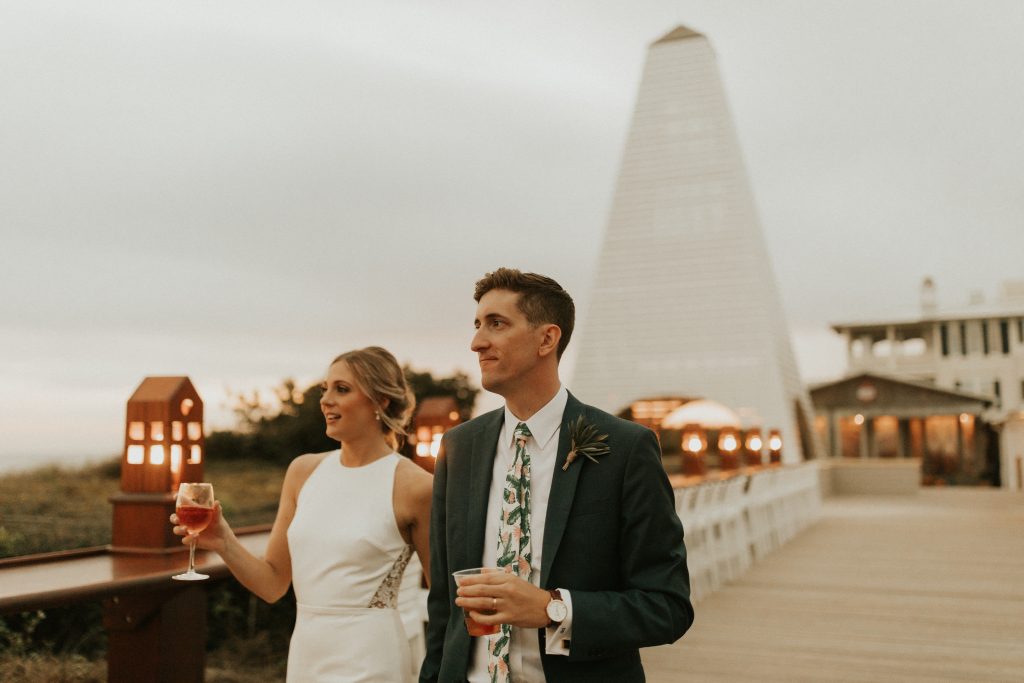
There are many ways to have an interfaith wedding that also represents your uniqueness. Considering wearing traditional cultural or religious outfits for the ceremony and then changing into a different dress or suit. Continue to tie in religious symbols throughout the decor of your reception, whether that be through sculptures, artwork, food or music.

